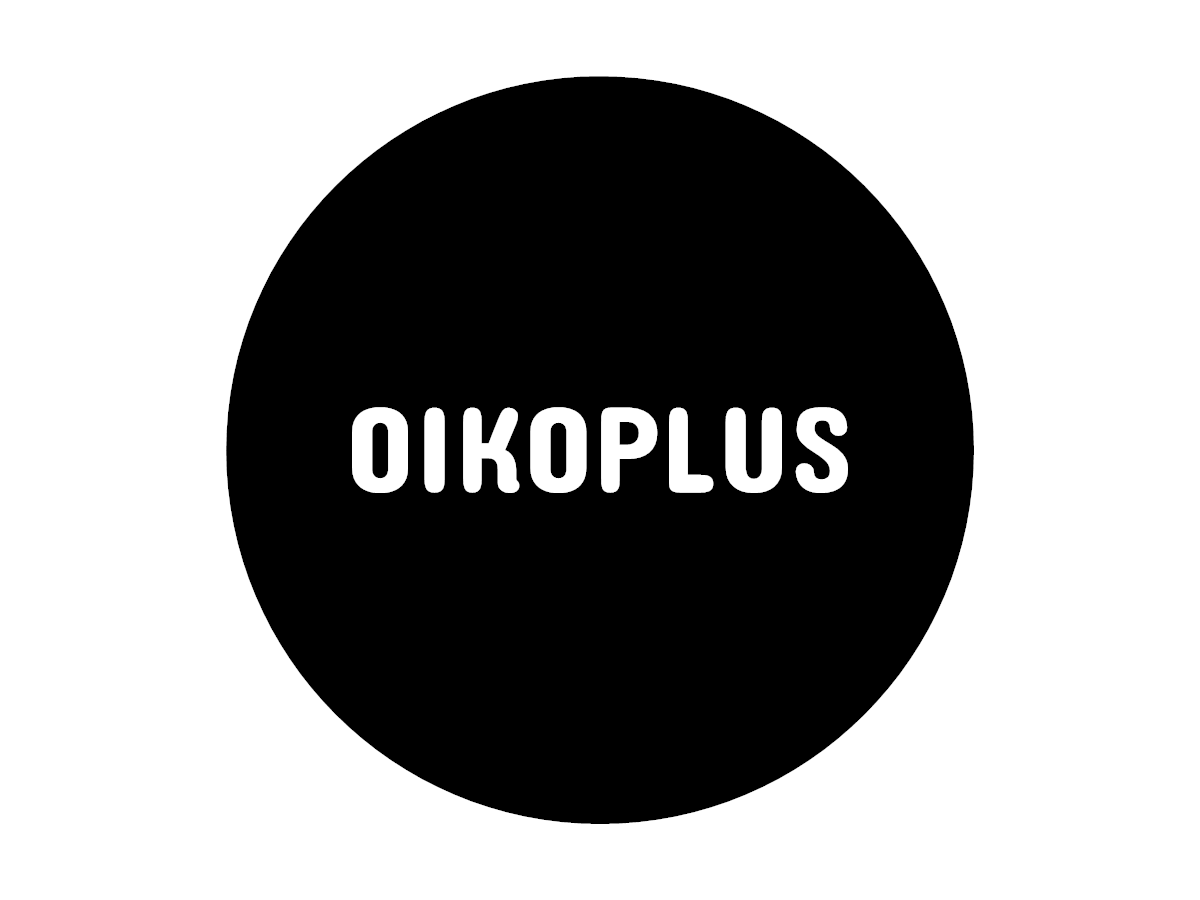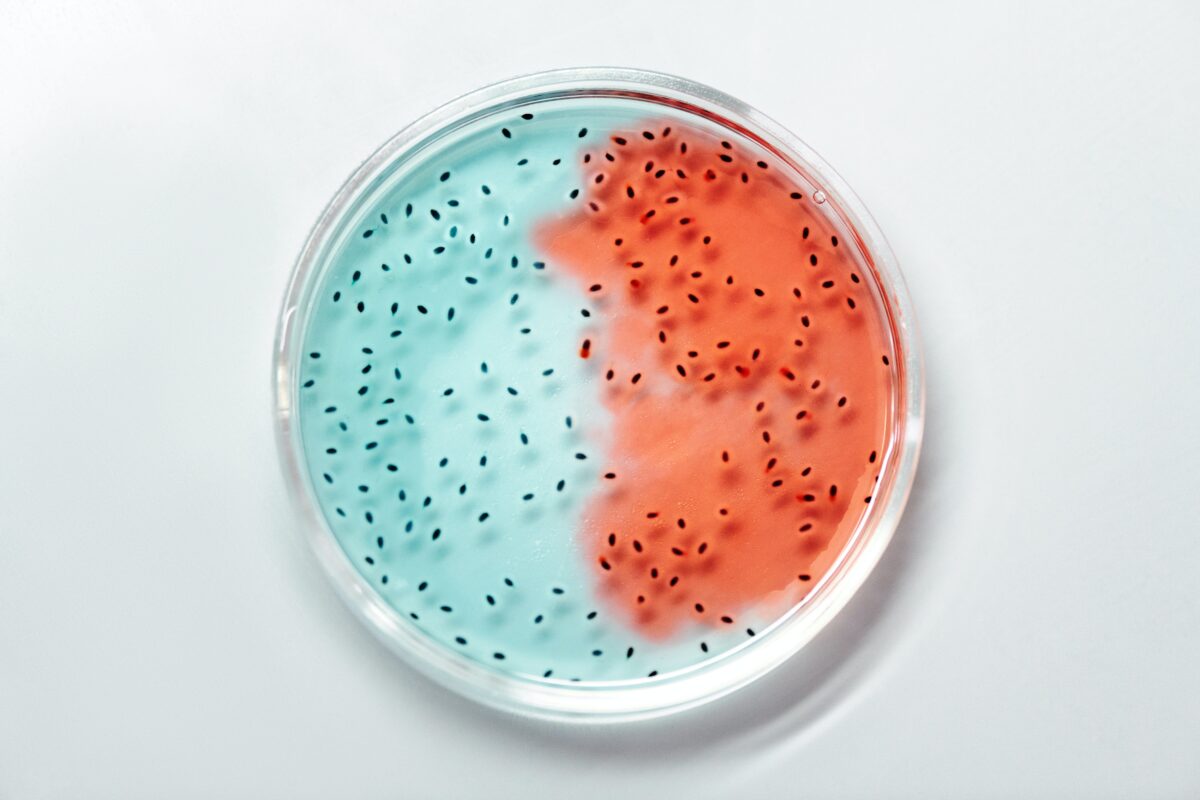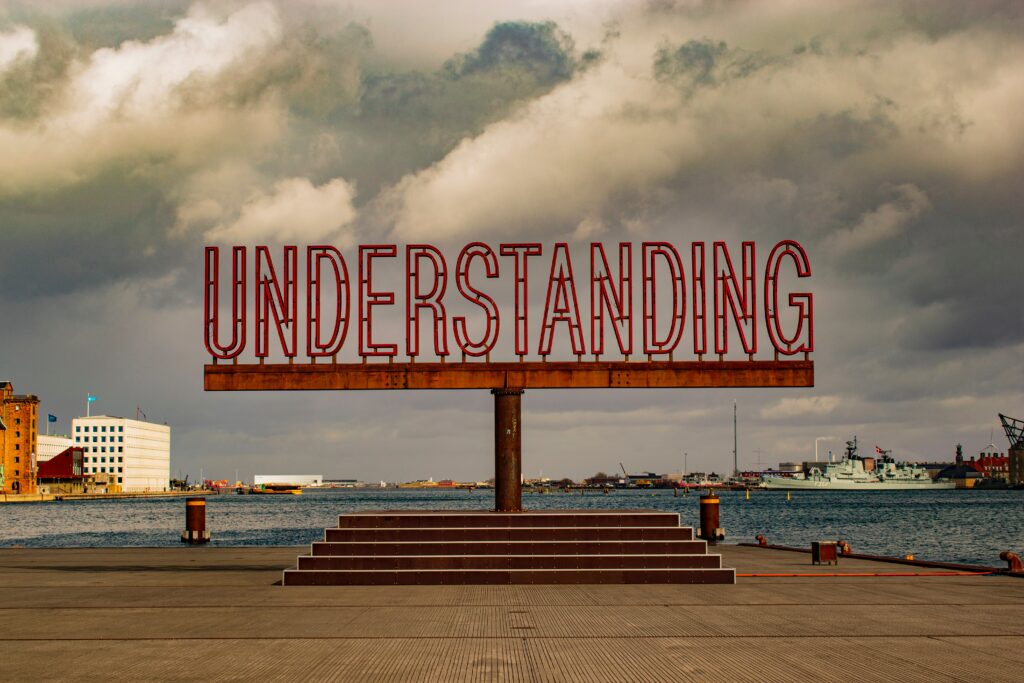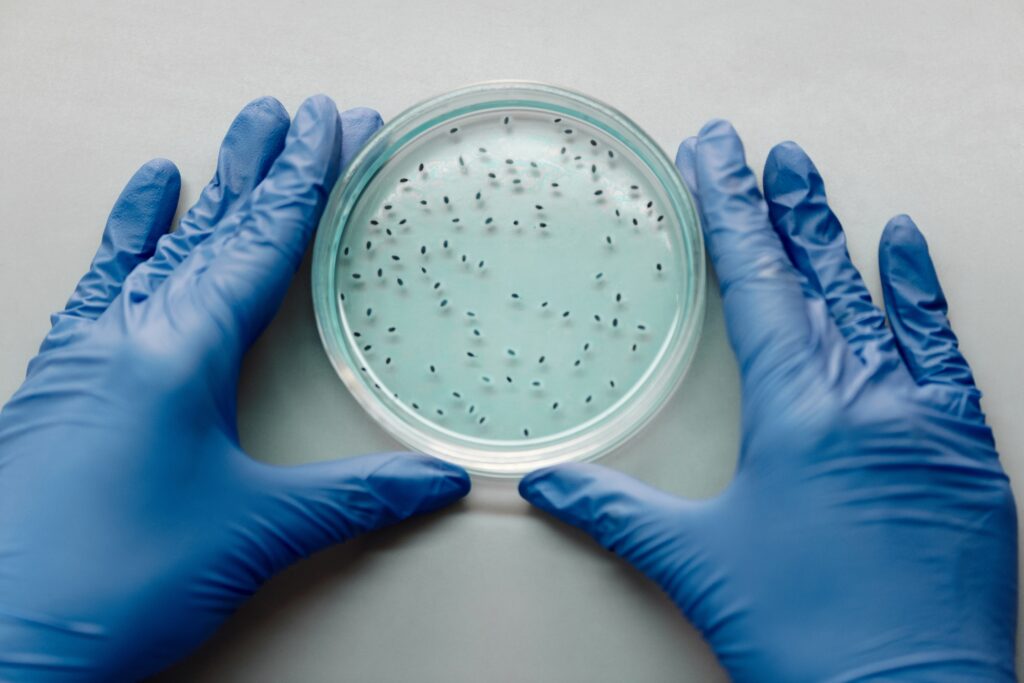In this Oikoplus Reading List we present good reads from the web touching on the question of language in science. Language, understood quite explicitly and rather abstractly.
The favour of the mother tongue
At Oikoplus, the working language in all our projects is English. When we meet contacts in our work with whom we can speak in our native languages (German, Italian, Polish, Romanian), we are always happy. Because honestly, working permanently in foreign languages can be exhausting sometimes. For people working in science and research, it is therefore a great starting advantage if their mother tongue is English. So far, so banal. It is less banal, however, to quantify how great the price is paid by all those whose mother tongue is not English, of all languages. A study by Tatsuya Amano et al. aims to do just that:
„By surveying 908 researchers in environmental sciences, this study estimates and compares the amount of effort required to conduct scientific activities in English between researchers from different countries and, thus, different linguistic and economic backgrounds. Our survey demonstrates that non-native English speakers, especially early in their careers, spend more effort than native English speakers in conducting scientific activities, from reading and writing papers and preparing presentations in English, to disseminating research in multiple languages. Language barriers can also cause them not to attend, or give oral presentations at, international conferences conducted in English.”
A mathematical narrative
English is a standard language of science. Mathematics is one too. As an important tool, mathematical principles and concepts help in understanding the world. Patrick Honner gives a very clear example of this in the highly recommended Quanta Magazine. In it, he describes how networks can be described mathematically. And that in the form of a quest to puzzle over.

When narratives disappear
Mathematics describes the world in a strictly formal way. That is its essence and its task. The world can be described less formally in narratives and legends. Just as mathematics looks back on thousands of years of history, which, interestingly enough, is better told as a narrative, there are countless legends and narratives that are ancient and whose future is threatened. And this is because the languages in which they are told are at stake of extinction. Alexandra Aikhenvald explores how the loss of linguistic diversity is threatened by the extinction of indigenous languages worldwide, and why the loss of stories, legends and myths that comes with it is a problem.
Accurately describe or narrate?
Accurate, scientific descriptions of the world often appear as the antithesis of narrative descriptions. The tendency towards storytelling in communication – also in science communication – is therefore often criticised. Thinking of the world in terms of narratives is described as a trend of recent years. The term narrative itself, belongs in every buzzword bingo of professional communication work. Whether rightly or wrongly – that is not to be clarified here. The literary scholar Florian Scherbül gives a readable overview of the debate about the pros and cons of the narrative form in describing the world in a contribution to the online portal geschichtedergegenwart.at (in German language, only).
We hope we have found the right language in this Reading List, and that in our forays through the internet over the last few weeks we have once again uncovered a few articles that not only pique our interest.





